 1907 Flood
1907 Flood
Entry Category: Environment
 1907 Flood
1907 Flood
 1961 Flood
1961 Flood
 1961 Flood
1961 Flood
 African American Flood Refugees
African American Flood Refugees
Alexander, Harold Edward
 Apple Display
Apple Display
Arkansas Chapter of the Sierra Club
aka: Sierra Club
 Arkansas City Flood
Arkansas City Flood
Arkansas Department of Energy and Environment (ADEE)
 Arkansas National Guard Assisting Hurricane Katrina Evacuees
Arkansas National Guard Assisting Hurricane Katrina Evacuees
Arkansas Native Plant Society
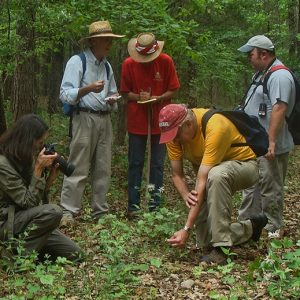 Arkansas Native Plant Society Field Trip--East Cadron Creek
Arkansas Native Plant Society Field Trip--East Cadron Creek
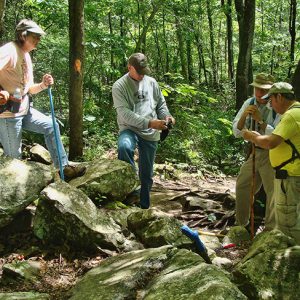 Arkansas Native Plant Society Field Trip--Petit Jean
Arkansas Native Plant Society Field Trip--Petit Jean
Arkansas Natural Heritage Commission (ANHC)
 Arkansas Nuclear One
Arkansas Nuclear One
 Arkansas Nuclear One
Arkansas Nuclear One
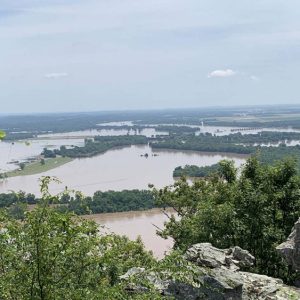 Arkansas River 2019 Flood
Arkansas River 2019 Flood
Arkansas System of Natural Areas
Arkansas Water Works and Water Environment Association
Arkansas Wildlife Federation
 Arlington Hotel
Arlington Hotel
Audubon Arkansas
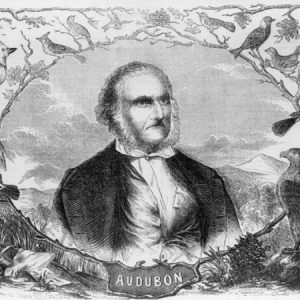 John Audubon
John Audubon
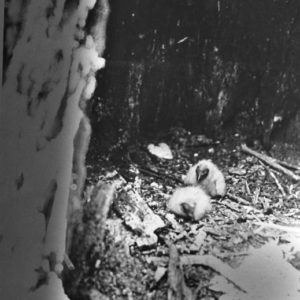 Baby Buzzards
Baby Buzzards
Back-to-the-Land Movement
 Baker Prairie Natural Area
Baker Prairie Natural Area
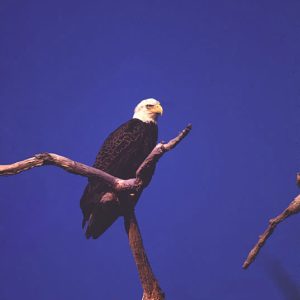 Bald Eagle
Bald Eagle
 Bald Knob Flood
Bald Knob Flood
Bald Knob National Wildlife Refuge
 Baring Cross Bridge; 1927
Baring Cross Bridge; 1927
 Batesville 1915 Flood
Batesville 1915 Flood
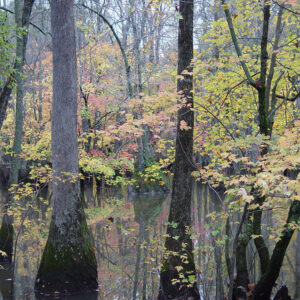 Bayou DeView
Bayou DeView
 Bear Hollow Natural Area
Bear Hollow Natural Area
 Bell Slough
Bell Slough
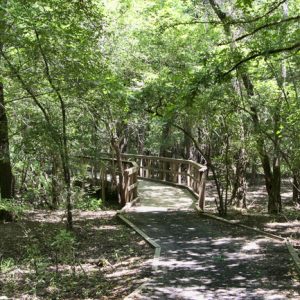 Bell Slough Trail
Bell Slough Trail
Bell Slough Wildlife Management Area
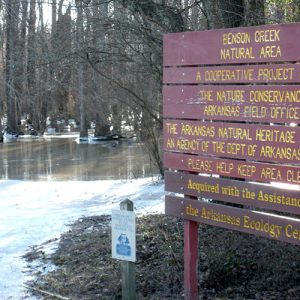 Benson Creek Natural Area
Benson Creek Natural Area
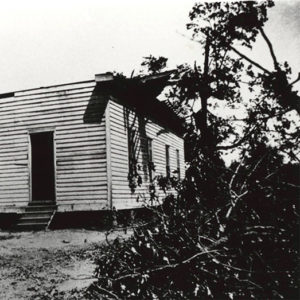 Bethesda Tornado
Bethesda Tornado
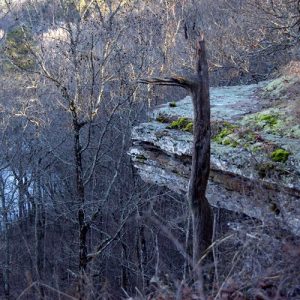 Big Creek Natural Area
Big Creek Natural Area
 Big Fork Creek Natural Area
Big Fork Creek Natural Area
Big Lake National Wildlife Refuge
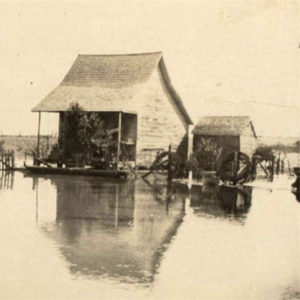 Biggers Flood
Biggers Flood
Bioregionalism
aka: Ozark Area Community Congress
Black Fork Mountain Wilderness
Blanchard Springs Caverns
 Blevins Tornado, 1921
Blevins Tornado, 1921
Buffalo National River
aka: Buffalo River
 Buffalo River at Gilbert
Buffalo River at Gilbert
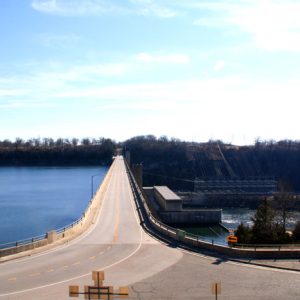 Bull Shoals Dam
Bull Shoals Dam
 Bull Shoals Dam
Bull Shoals Dam




